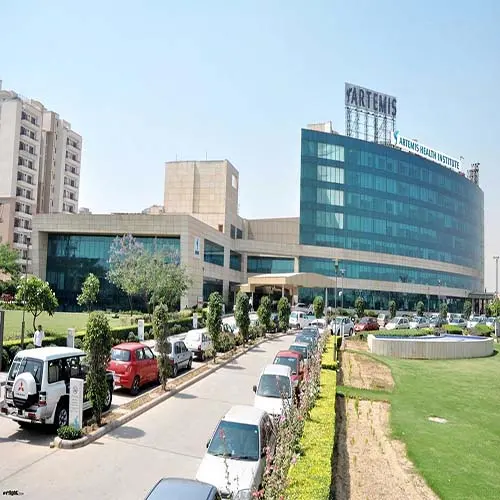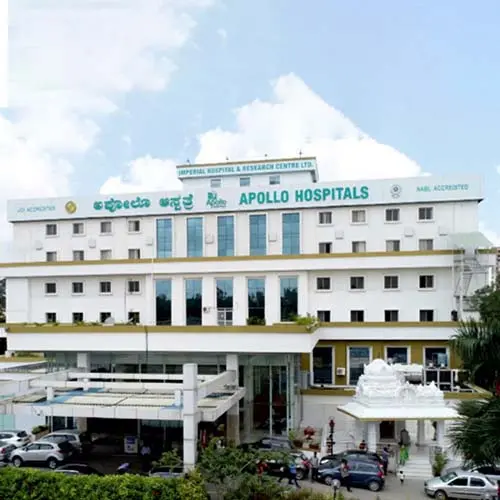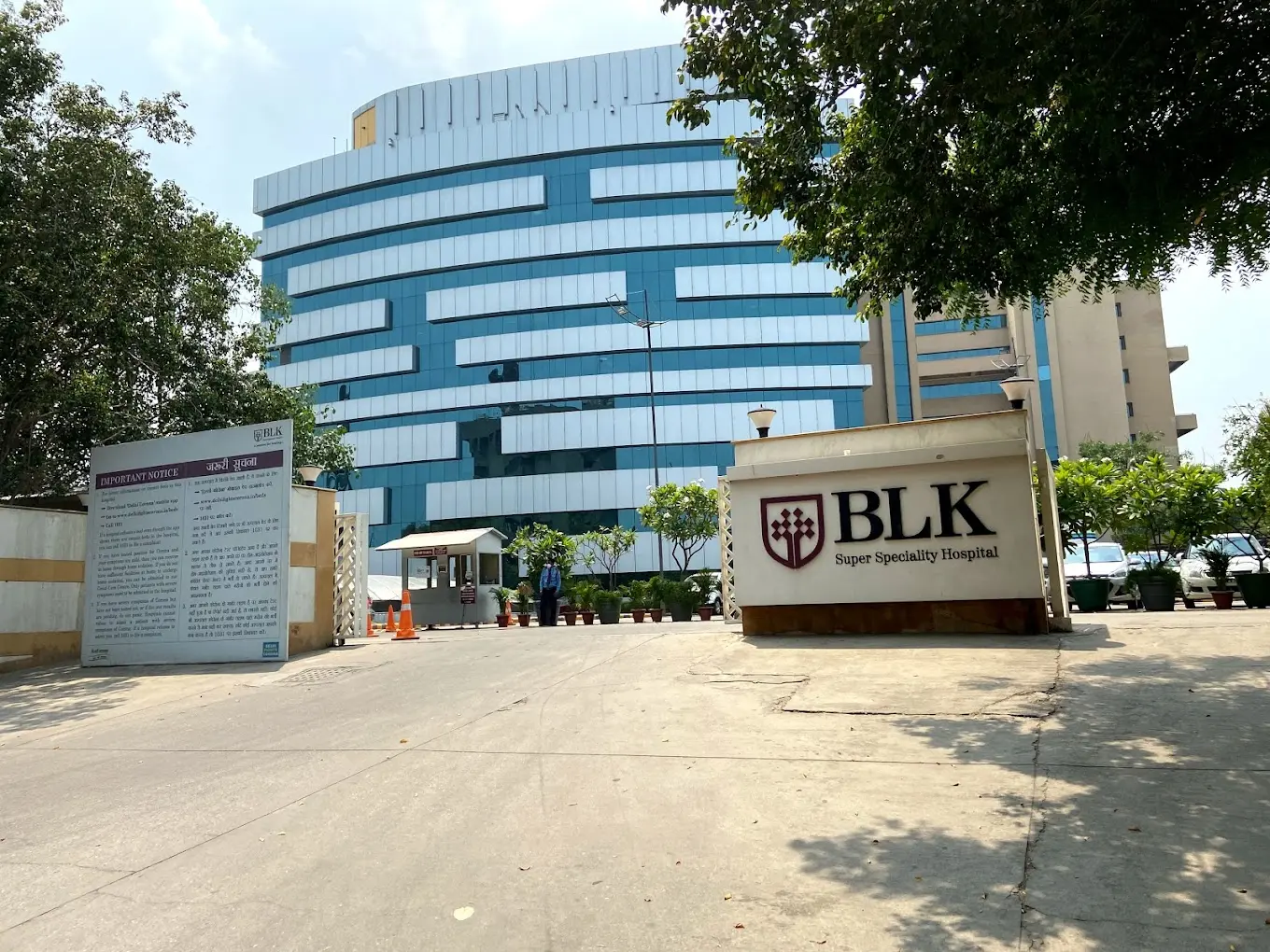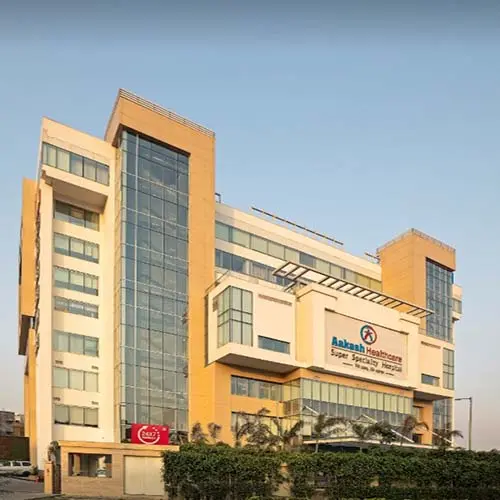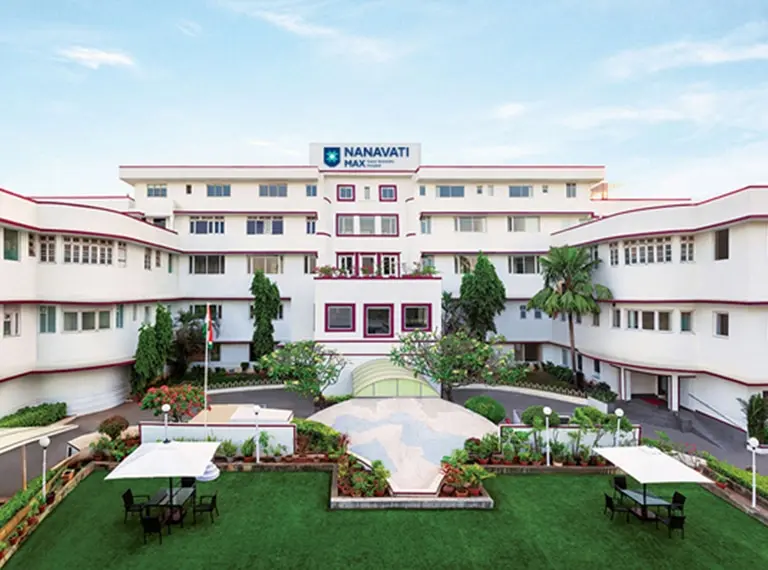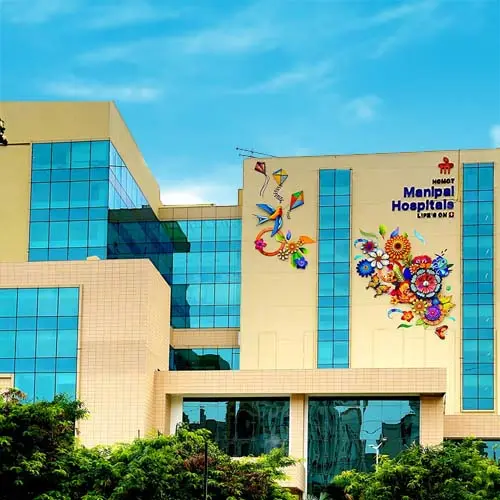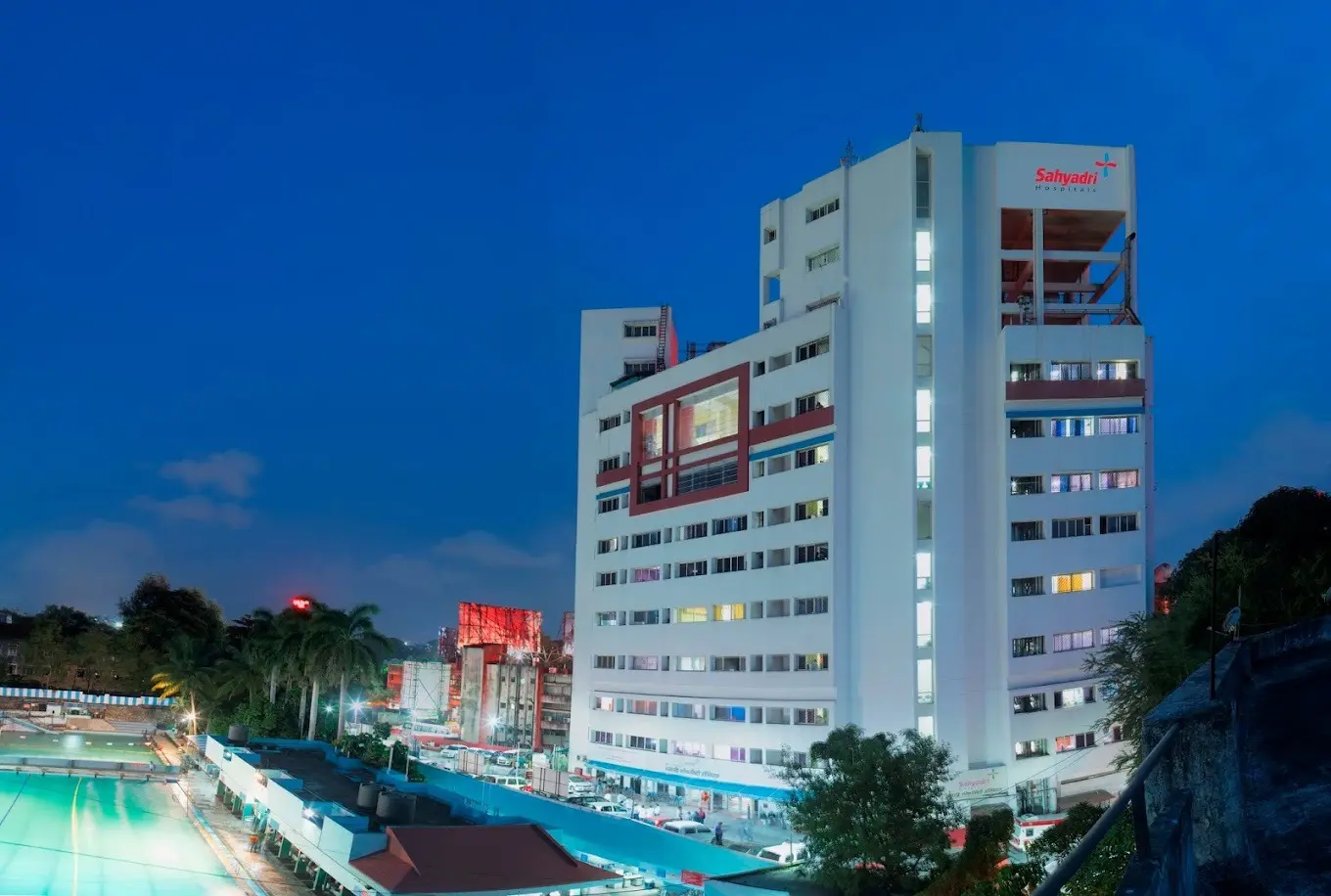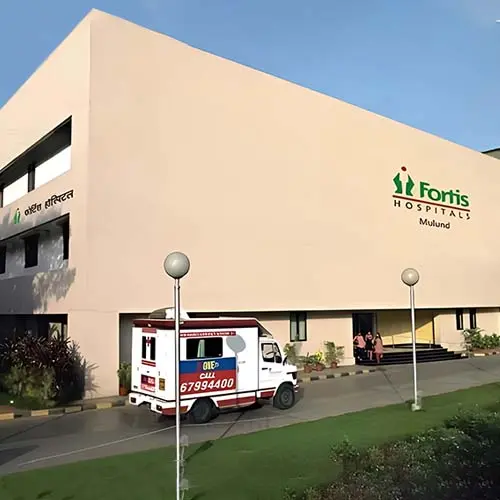Hypospadias Surgery cost in India
Hypospadias repair cost in India typically ranges from $3,500 to $4,500, which is equivalent to approximately 3,01,000 to 3,87,000 Indian rupees. India is internationally known for offering high-quality pediatric urological surgeries at very affordable prices. Many families from around the world choose India for hypospadias repair, as the cost is significantly lower compared to Western countries — while still providing access to world-class surgical expertise, advanced medical technology, and compassionate patient care.
Cost Range of Hypospadias Surgery cost in India
Hypospadias repair is performed to correct the abnormal placement of the urethral opening in male infants and children. The surgery aims to restore both normal urinary function and natural cosmetic appearance. There are various surgical techniques used depending on the severity and type of hypospadias — including Tubularized Incised Plate (TIP) repair, onlay flap repair, and two-stage procedures for more complex cases. The surgery is generally performed by highly experienced pediatric urologists or pediatric surgeons in well-equipped hospitals, ensuring safe outcomes and long-term satisfaction for patients and families.
Surgeons create a personalised treatment plan for hypospadias repair in India by performing a detailed assessment of the child’s condition. This includes a thorough review of the medical history, a physical examination of the penis, and an evaluation of the location and severity of the hypospadias. Factors such as whether the urethral opening is located near the tip, mid-shaft, or closer to the scrotum (proximal hypospadias), and the presence of any penile curvature (chordee), are carefully considered to guide the surgical approach.
Additional patient-specific aspects — including overall health, age at the time of surgery, skin availability for reconstruction, and any associated urological concerns — are also evaluated. Based on these factors, the surgical team selects the most suitable technique, such as Tubularized Incised Plate (TIP) repair, onlay flap repair, or a two-stage repair for complex cases. The goal of this personalised approach is to ensure optimal functional and cosmetic outcomes, allowing the child to urinate normally and achieve a natural appearance. Careful planning also helps minimise risks and supports the child’s long-term well-being.
Get a free cost estimate
Common Conditions That May Require Hypospadias Repair
Distal Hypospadias
This is the most common type of hypospadias, where the urethral opening is located near the head of the penis but not at the tip. Surgery helps move the opening to the correct position, improving both appearance and function.
Midshaft Hypospadias
In this type, the opening is located along the middle of the penis. It may also cause bending of the penis (chordee). Surgery straightens the penis and creates a normal opening at the tip, allowing the child to urinate properly.
Proximal Hypospadias
This is a more severe form where the opening is near the base of the penis or even in the scrotal area. It often requires more complex surgery to correct the opening, straighten the penis, and ensure normal urinary and future sexual function.
Penile Curvature (Chordee)
Some boys with hypospadias also have a downward curve of the penis. Surgery is performed to straighten the penis, which is important for normal function and appearance as the child grows.
Fistula or Scar Tissue After Previous Surgery
Sometimes, children who had earlier hypospadias surgery may develop small holes (fistulas) or scar tissue that affects urination. Revision surgery helps correct these issues and improve outcomes.
Associated Urinary Problems
If hypospadias causes difficulty with urination, spraying of urine, or problems with bladder emptying, surgery is recommended to create a straight urine stream and prevent infections or discomfort.
Who Is an Eligible Candidate for Hypospadias Repair Surgery in India?
1. Medical Eligibility Criteria
a) Confirmed Diagnosis of Hypospadias
Hypospadias repair is recommended for children who are diagnosed with this condition. The diagnosis usually involves:
- Physical Examination: The doctor examines the penis to identify the position of the urethral opening and check for any curvature (chordee).
- Ultrasound (if needed): May be used to assess associated urinary tract issues or testicular problems.
b) Type and Severity of Hypospadias
- Distal Hypospadias: Surgery is usually advised to correct the opening and improve urinary function and appearance.
- Midshaft Hypospadias: Requires surgery to move the urethral opening to the tip of the penis and correct any curvature.
- Proximal Hypospadias: More complex surgery is recommended for severe cases where the opening is near the base of the penis or in the scrotum.
- Associated Penile Curvature (Chordee): Surgery is needed if significant curvature is present to allow normal sexual and urinary function in the future.
- Complications from Previous Surgery: Children with fistulas (small holes), scarring, or other issues after earlier surgery may need revision surgery.
2. Additional Considerations
Age
- Ideal Age for Surgery: Hypospadias repair is usually performed between 6 to 18 months of age for the best outcomes.
- Older Children or Adults: Surgery can still be performed in older patients if the condition was not treated earlier or if additional correction is needed.
Overall Health
- The child should be healthy enough to undergo surgery under anesthesia.
- Any other medical conditions (such as bleeding problems or infections) should be managed before surgery.
Family Support and Follow-up
- The family should be prepared to follow post-surgery care instructions carefully (such as keeping the area clean and attending follow-up visits).
- Regular check-ups are important to ensure proper healing and long-term success.
Parental Motivation and Understanding
- Parents should understand that hypospadias repair aims to improve both the function and appearance of the penis.
- While surgery has a high success rate, occasional additional procedures may be needed to achieve the best outcome.
Types of Hypospadias Repair Surgery
Here is an overview of the common types of hypospadias repair surgeries with their approximately cost range in USD:
| Type of Surgery | Description | Cost in USD |
| Primary Hypospadias Repair | Standard surgery performed to move the urethral opening to the tip of the penis and correct any curvature. | 3000 - 4200 |
| Distal Hypospadias Repair | For cases where the opening is near the head of the penis. A relatively simpler procedure with fast recovery. | 3000 - 3800 |
| Proximal Hypospadias Repair | More complex surgery is needed when the opening is near the base of the penis or in the scrotum; it may require multiple stages. | 3500 - 4000 |
| Chordee Correction Surgery | Performed when there is significant penile curvature (with or without hypospadias) to allow normal function. | 3500 - 4000 |
| Revision Hypospadias Surgery | Performed if a previous hypospadias repair resulted in complications like fistulas (small holes), scarring, or urinary issues. | 4200 - 5000 |
Get a free cost estimate
Hypospadias Repair Surgery Cost in India Inclusions
- First consultation
- Treatment as advised
- Routine drugs and consumables required during hospitalization
- Pre-anesthesia check up and clearance
- Hospital stay and meals as per the package
Hypospadias Repair Surgery Cost in India Exclusions
- Pre-operative examination and tests
- Hotel stay, meals and flights
- Extended hospital stay
- Post-treatment follow-ups
- Treatment for any other underlying medical conditions
- Any complex investigations or drugs
Other Factors Affecting Hypospadias Repair Surgery Cost in India
- Type of surgery advised
- Choice of location, doctor and hospital
- Pre-existing medical history
- Type and duration of treatment advised
Types of Tests Done Before Hypospadias Repair Surgery
| Type of Investigation | Investigations Names | Cost in USD |
| Blood Tests To check general health, infection risk, clotting ability, and organ function before surgery. | Complete Blood Count (CBC), Blood Group & Cross-Matching, Coagulation Profile (PT, APTT, INR), Blood Sugar Levels, Kidney Function Tests, Liver Function Tests, Infection Screening. | 50 - 80 |
| Radiology InvestigationsTo evaluate the urinary system and detect any associated abnormalities. | Pelvic/Abdominal Ultrasound (to assess kidneys, bladder, and urinary tract). | 50 - 80 |
| Cardiology InvestigationsTo ensure the heart is healthy enough for surgery and anesthesia. | Echocardiogram (2D Echo), Electrocardiogram (ECG). | 100 - 150 |
| Urological AssessmentTo assess urinary function and plan surgical correction. | Urine Flow Study (if needed), Urinalysis, Voiding Cystourethrogram (VCUG) in selected cases. | 100 - 120 |
| Other AssessmentTo confirm fitness for anesthesia, check nutritional status, and discuss post-surgery expectations. | Pre-Anesthetic Checkup (PAC), Nutritional Assessment, and Pediatric Counseling (for parents). | 50 - 60 |
Why is India Preferred as One of the Best Countries for Hypospadias Repair Surgery?
India is one of the most preferred destinations for Hypospadias Repair Surgery because of its world-class pediatric urology centers, highly experienced surgeons, and affordable treatment options. Many international families choose India to provide their child with safe, advanced, and effective surgical care for hypospadias.
The average cost of Hypospadias Repair Surgery in India ranges from $3,000 to $3,500, which is significantly more affordable than in countries like the USA ($10,000–$20,000) or UAE ($6,500–$9,000). Even with lower costs, Indian hospitals maintain international standards of safety, surgical excellence, and patient care.
Leading hospitals such as Max Healthcare, Fortis Healthcare, Apollo Hospitals, and Manipal Hospitals offer advanced facilities and perform a full range of hypospadias procedures — from distal and proximal repair to chordee correction and revision surgeries. These operations are carried out using the latest techniques by experienced pediatric urologists, supported by expert anesthesiologists, nurses, and rehabilitation specialists.
Indian surgeons are highly skilled in handling both simple and complex hypospadias cases, ensuring excellent cosmetic and functional outcomes. Families benefit from shorter waiting times, customised treatment plans, and comprehensive post-surgery follow-up and support. In addition, India offers strong international patient services, including help with medical visas, interpreter support, budget-friendly accommodations, and coordinated follow-up care—making the experience comfortable for the entire family. In summary, India combines affordability, surgical expertise, advanced infrastructure, and holistic patient care, making it one of the top global destinations for Hypospadias Repair Surgery.
Best Hypospadias Repair Surgery Hospitals in India
Best Pediatric Surgeons For Hypospadias Repair
FAQs
Hypospadias is a birth condition in boys where the opening of the urethra is not at the tip of the penis but somewhere along the underside. It can cause difficulty in urination and, later, problems with sexual function if untreated.
Hypospadias surgery (also called urethroplasty) is a procedure to correct the position of the urethral opening, straighten the penis if needed, and improve both appearance and function.
Surgery is usually done between 6 months and 18 months of age. Older children and adults can also undergo surgery, though the procedure may be slightly more complex.
Pain is usually mild after surgery. Doctors prescribe painkillers and care instructions to keep your child comfortable.
Hypospadias surgery has a high success rate of around 85–95%, especially when done by experienced pediatric urologists.
In some cases, a second minor procedure may be needed if there is scarring or narrowing, but most children do not need additional surgery.
Yes. Adults can undergo corrective surgery, especially if the condition affects urination or sexual function. Recovery may be slightly longer.
If corrected early, hypospadias surgery does not affect fertility or sexual function.

